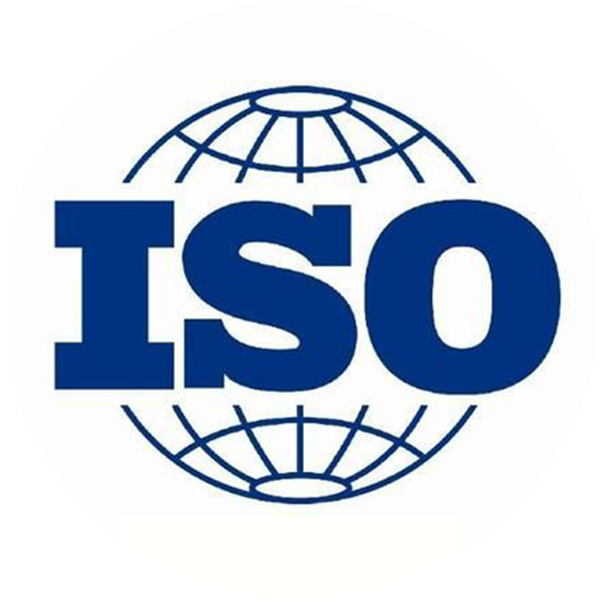NEWS
Copper is a chemical element with the symbol Cu and atomic number 29. It is a ductile metal with very high thermal and electrical conductivity. Here are some key points about copper:
Physical and Chemical Properties
Appearance: Copper is a reddish-brown metal.
Conductivity: It is one of the best conductors of electricity and heat, second only to silver.
Malleability and Ductility: Copper is highly malleable (can be hammered into thin sheets) and ductile (can be drawn into wires).
Corrosion Resistance: Copper resists corrosion by forming a protective layer of copper oxide on its surface.
Occurrence
Natural Sources: Copper can be found in various ores, including chalcopyrite (CuFeS2), bornite (Cu5FeS4), and malachite (Cu2CO3(OH)2).
Recycling: A significant amount of copper comes from recycling old copper products.
Applications
Electrical Wiring: Due to its excellent conductivity, copper is widely used in electrical wiring and electronics.
Plumbing: Copper pipes are used in plumbing due to its corrosion resistance and antibacterial properties.
Alloys: Copper is an essential component of many alloys, including brass (copper and zinc) and bronze (copper and tin).
Construction: It is used in building construction, particularly for roofing and cladding, due to its durability and aesthetic appeal.
Biological Role
Essential Trace Element: Copper is vital for human health, playing a role in various enzymatic reactions and the formation of red blood cells.
Sources: It is obtained from dietary sources such as shellfish, nuts, seeds, and whole-grain products.
Environmental Impact
Mining and Production: Copper mining and refining can have significant environmental impacts, including habitat destruction and pollution. However, advances in recycling have mitigated some of these effects.
Sustainability: Copper is highly recyclable, and recycling it uses significantly less energy than primary production.
Historical Significance
Ancient Use: Copper has been used by humans for at least 10,000 years, dating bac
LOGO
This stunning beach house property is a true oasis, nestled in a serene coastal community with direct access to the beach.
Opening Hours
Monday - Friday : 9AM to 5PM
Sunday: Closed
Closed during holidays
Contact
+18888888888
hezuo@eyingbao.com123 West Street, Melbourne Victoria 3000 Australia
2018
Establishment time
200+
Number of Employees
3+
Subsidiaries
3,000 tons
Monthly Capacity
4+
Production Lines

Assurance
*We respect your confidentiality and all information are protected. Maybe the time difference, We will respond to your inquiry message within 12 hours at the latest.

